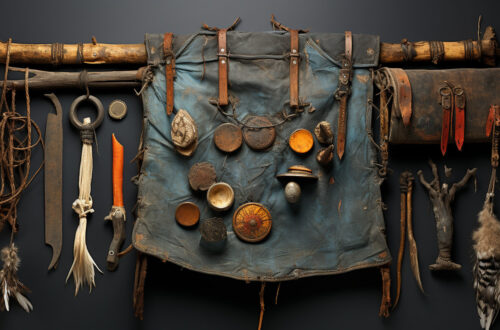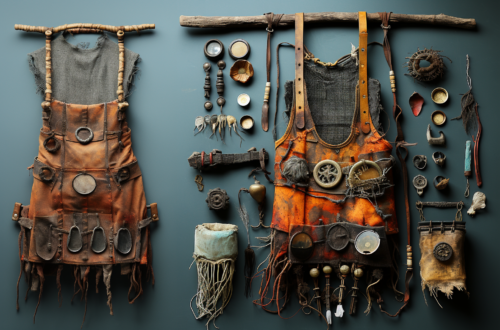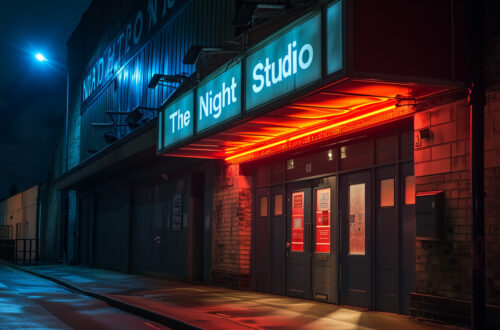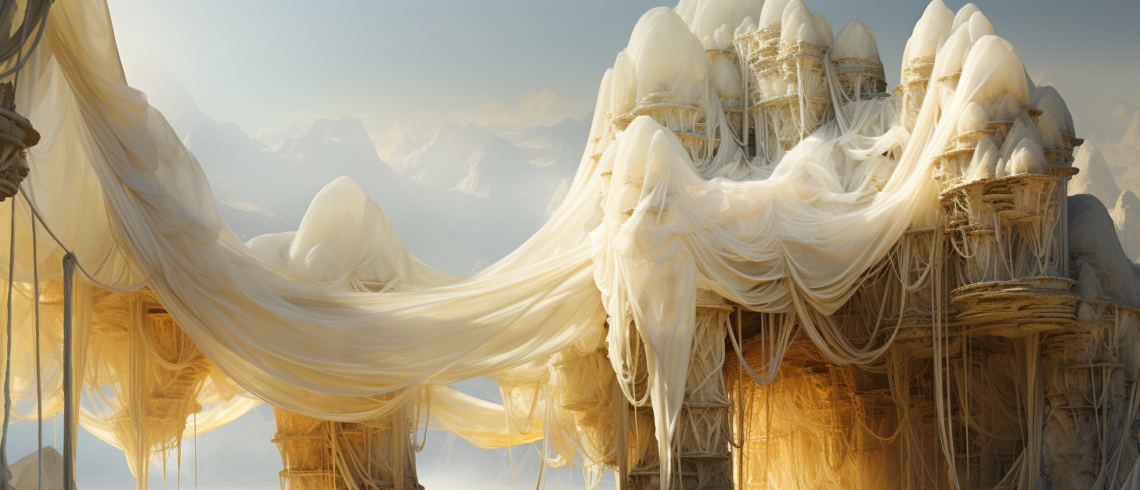
The Democratising Effect of AI Vs the Gatekeepers of Creativity
Of course we understand that new and disruptive technologies have a divisive effect and undermine the established norms and structures that support them, that is why, by definition, they are disruptive. The advent of photography had the same impact on painting as the advent (and rapid evolution) of AI tools is currently having on a wide range of creative practice. There was much wailing and gnashing of teeth and heralding of ‘the end’ of painting. Did painting end? Of course not. It is very much alive and vibrant and has only been enhanced by the development of the technology of automatic image capture within a little black box. AI tools seem to be causing much more widespread panic in the ranks.
In my formative years I attended Glasgow College of Building and Printing (here in Scotland). I remember vividly the profound dejectedness of a lecturer there who was teaching about hand typesetting with hot metal letters and lamenting the fact that his skills were being made obsolete almost overnight with the advent of desktop publishing and digital type. In more recent memory I have had (or overheard) discussion with colleagues who are professional photographers expressing similar sentiments about the ubiquity of cameras on phones and the proliferation of people setting up photography businesses and declaring themselves photographers then, shock horror, making money for themselves from the practice.
There is, at time of writing, a recent video where Stephen Fry reads an open letter from Nick Cave (Letters Live, https://www.youtube.com/watch?v=iGJcF4bLKd4) that expresses in essence the same flavour of discomfort towards AI tools as our hand typesetters, photographers and painters have at the juncture of a defining moment of progress. Watching this very eloquently and beautifully expressed statement has made me realise a profound problem with our ability to process and assimilate progressive and disruptive new technologies. It disempowers the gatekeepers of creativity.
Watching this video made me realise that we are witnessing a type of emotional manipulation in defence of the established bastions of creative practice. “We are fighting for the very soul of the world” declares Cave. Are we? I don’t see any evidence of that in my work with other artists and more importantly with students who are starting out on their journey in the world of creative practice. What I see is the democratisation of creativity and the enhancement of skills development in this area that are being encouraged and developed by AI tools.
There seems to be an emotively motivated and aggregated set of dubious arguments being aired by a range of long established practitioners in various fields of creativity against AI. Whether they realise it or not they are railing against the ubiquity of creativity. When the argument is reframed like this it puts a paradigm shifting slant on the ‘anti-AI’ motivation being expressed.
It’s not such a lofty goal when you translate Cave’s words to “We are fighting for the definition of creativity to be a narrower concept wherein there is a *correct* idea of what constitutes creative skills and that can only be defined by those who are already established ”…not so catchy is it? Not so emotionally charged.
Cave also expresses that AI is “fast-tracking the commodification of the human spirit by mechanising the imagination”. This presents a limited understanding of the potential for AI as part of the creative process. It’s important to recognise that AI tools like ChatGPT are tools designed to assist and augment human capabilities, not replace them.
The idea of “fast-tracking the commodification of the human spirit” belies a fear that AI could trivialise or commercialise the creative process. However, this perspective is overlooking how AI can also democratise access to creative tools and education, allowing more people to be effectively creative and learn from a broader range of sources.
The creative struggle, which includes the process of ideation, iteration, and overcoming challenges, remains and will likely always remain inherently human. We prompt AI tools, we select from the results modify and adapt the produced outcomes. This is also creative decision making but this is creative decision making without the barrier to entry of technical skills. This is creative decision making with an exoskeleton that helps us to do the heavy lifting.
This lack of requirement for technical skills might bring scorn upon the use of AI tools but ask yourself these questions:
- How is the skill of developing creativity inhibited by a lack of technical skills?
- What can students of creative practice learn from AI generated examples?
- Can we actually enhance the learning of creativity for those starting out by using AI tools?
I would argue strongly in favour of a positive response to these questions and that is borne out by my own teaching experience. AI can offer assistance, inspiration, or a different viewpoint, but it cannot replicate the depth of human emotional experience, and the unique personal context that an artist brings to their work. Granted, that using AI tools, if not managed well, can lead learners to believe that there is a shortcut to everything. It is our task as a creative society to ensure that the learning is supplemented in a way that ensures this is not the case; “here is what these AI tools can do”, “this is how it can help your creative process”, “this is how you use this input to generate something of your own”.
We use AI as one of a range of inputs to the process and balance it against other inputs. Let students at the start of their process feel the empowerment of creating powerful imagery with very limited input. Then teach them to get this same buzz from harnessing and developing their own creative skills. Show then how the work produced by AI relates to the work of existing artists. Use AI to demonstrate to them how style is defined.
In class we have used the following technique; create rough sketches of your own by hand using traditional materials, scan or photograph them . Upload them as an the input to an AI tool and produce unexpected variations and combinations. Creative students often struggle with the task of producing variations. AI can be used as a step in the process that eases this.
The creative impulse and the process of creation are deeply personal and subjective. For some of us, the use of AI in the creative process will be seen as a collaboration that enhances the work and brings new perspective. For others, the traditional approach to creativity, relying solely on human effort and imagination, is non-negotiable and that’s fine. In defending the “soul of the world,” it’s essential to recognise that creativity is a personal choice. It has always evolved with technology, from the invention of the paint tube to digital art software. Each new tool and evolution offers challenges and opportunities.
The key lies in how these tools are used and the intentions behind their use. Ultimately, the role of AI in creativity isn’t a black-and-white issue. It’s a spectrum where different artists will find different balances between technology and traditional methods. As an artist and an educator, I strongly advocate for the democratisation of creativity through AI and other technological advancements. I see first-hand in my students how these tools help to enable self-belief that can then be harnessed to develop a wider creative skill set.
AI can disrupt traditional gatekeeping mechanisms. This shift can be unsettling for those who have long held influential positions in determining what is considered valuable or acceptable in the realm of creativity. The rapid expansion of access to creative tools and platforms challenges established norms and hierarchies. It allows a more diverse range of voices and perspectives to emerge, which can be both exciting and threatening to the status quo. This is evident not only in the field of visual arts but also in music, literature, and other creative domains.
In this context, the criticism of AI tools might reflect a deeper concern about changing power dynamics within the creative industry. As access barriers lower, the traditional roles of critics, curators, and educators evolve. They shift from being sole arbiters of quality or relevance to becoming guides, mentors, or collaborators in a more inclusive and varied creative landscape.


